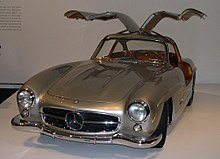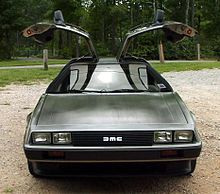Everyone who has ever used ARMS knows how hard it is to look up classes and create a schedule where classes do not conflict with each other. One Furman student, Zach Hall, got tired of this all and came up with ClassGet. An easy to use class finder website that is up to date with all the classes that Furman offers for a particular semester. Starting with the clean, sleek interface, one can clearly see why anyone would prefer this over the atrocious Furman based ARMS.
On top of the features that ARMS has to offer, ClassGet offers many extra features that make it that much better than ARMS. Firstly, if a user creates an account and signs up for alerts, if and when his chosen class has an extra seat open, ClassGet will inform them of the opening via email, letting them sign up for the class before someone else finds out about it. Secondly, the option to choose multiple classes and then clicking the compare button allows the user to check for any time clashes, which is way more convenient that anything ARMS has to offer. Finally, not only does ClassGet allow the user to look up classes according to the GER associated with the class, it also allows the user to pick out classes based on the day of the week, a particular time period or a particular time but also according to department and the prerequisites required for that class. ClassGet hence, is an incredible site that has many features that all make a large amount of information, accessible to the user in a small interface, primarily due to the extremely brilliant design strategies involved.
f









.jpg)




